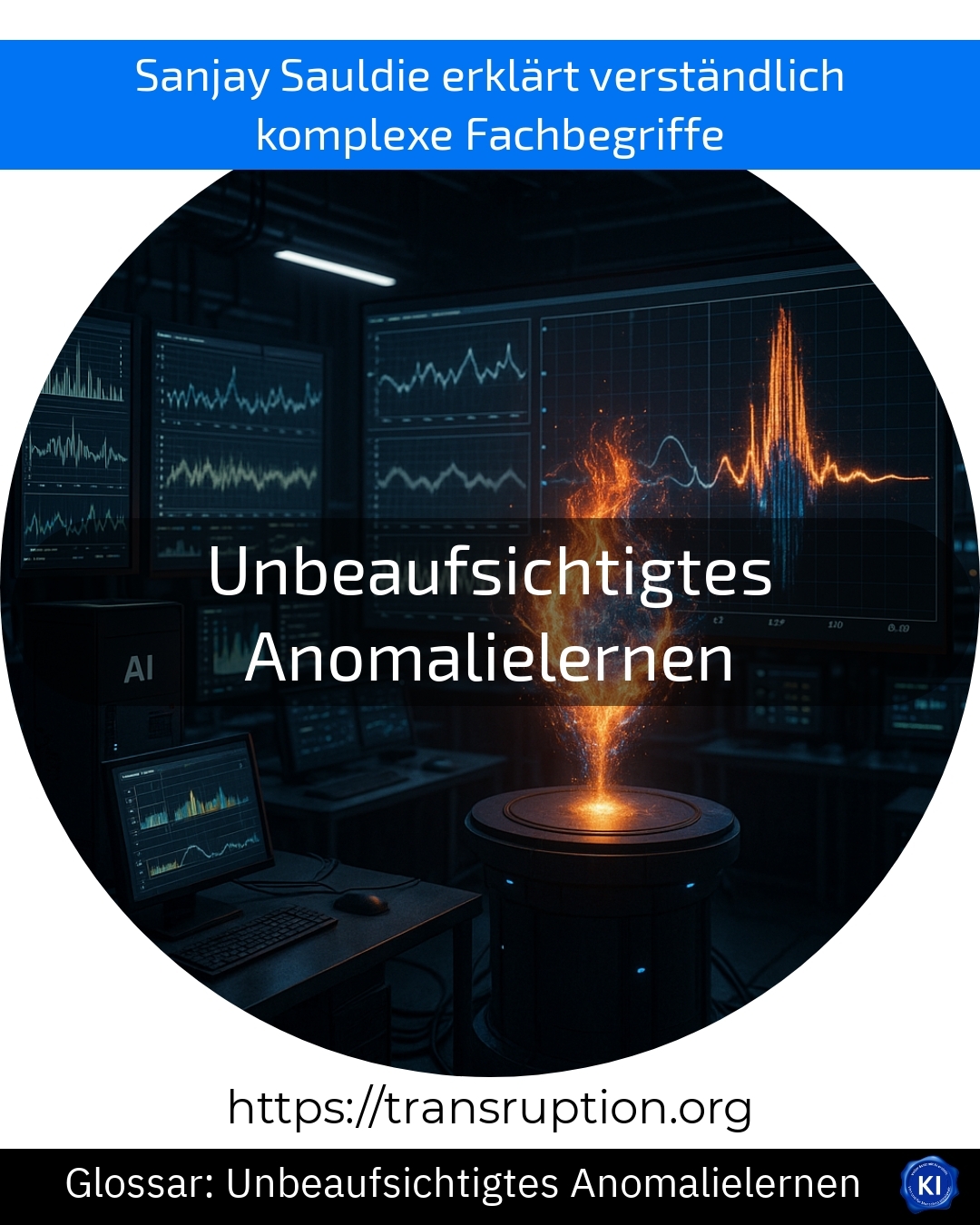Unsupervised anomaly learning is a term used in the fields of artificial intelligence, big data, smart data and automation. It describes a method by which computer systems automatically recognise unusual patterns or deviations in large amounts of data - without humans telling them in advance what exactly to look for.
Imagine an automatic quality control system in a factory: Thousands of components are produced every day. With unsupervised anomaly learning, the AI continuously analyses data from these components, such as dimensions, weight or material properties. Initially, it does not know exactly what is normal and what is faulty. However, it independently learns what the normal process is and sounds the alarm if a component suddenly deviates significantly from this. This means that faulty products, for example, can be recognised and sorted out more quickly.
This is particularly practical if the defects are rare or very different. Companies benefit from better quality, fewer rejects and less monitoring effort. Unsupervised anomaly learning makes it possible to automatically monitor huge amounts of data in a short space of time and react to unwanted deviations - ideal for modern, automated production processes and data analyses.















